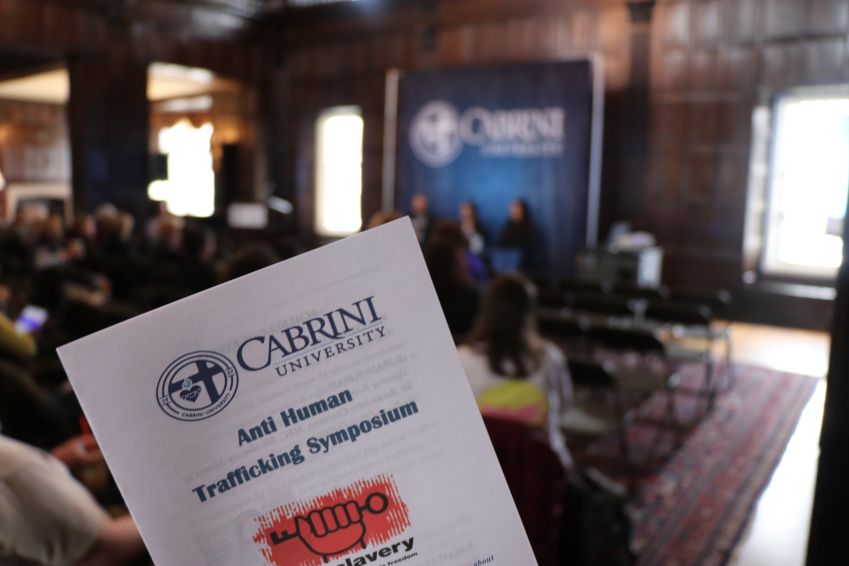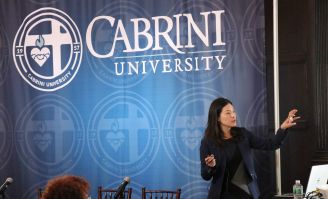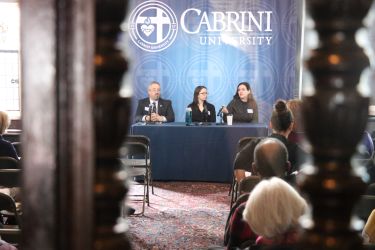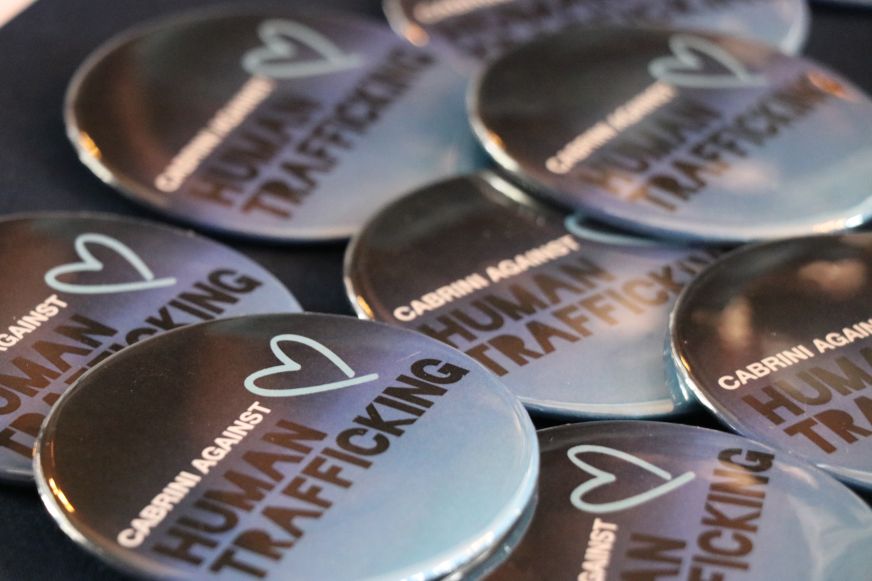
According to the Congressional Research Service, there are more than 1 million homeless youth living without supervision on the streets, in abandoned homes and buildings, in shelters, with friends or even with strangers every year. This estimation is considered to be lower than the actual number of homeless youth because this demographic is difficult to track.

The majority of runaways are female.
These individuals are at an increased risk of physical abuse, mental health issues, substance abuse, sexual exploitation and human trafficking.
Pearl Kim, former senior deputy attorney general, human trafficking advocate and keynote speaker at Cabrini’s Anti Human Trafficking Symposium, explained to the audience that more than 15 percent of runaways become sex slaves.
“Sixty-eight percent of runaways were in social services or foster care, and one in six runaways in 2014 were likely sex trafficking victims,” Kim said.
Young adult runaways frequently become the victims of human trafficking not through physical force but through emotional and mental manipulation.
According to “The Pimp Game: Instructional Guide,” it begins when the pimp, or trafficker, earns the trust of the victim when she is vulnerable. He conditions her to associate sex with rewards, buying her gifts after intercourse.
Author Michael Royal writes that the pimp must train her to crave the intimacy until the pimp has “broken her spirt [and] she has no sense of value.”

When the time arrises, he convinces her that she needs to sell herself to support them— and, often, their addiction— and she becomes a full-fledged prostitute, addict and human trafficking victim.
Kim elaborated on how normal, young women become prostitutes.
“When you’re dealing with juveniles in particular, you can see how vulnerable they are. If they’re running away, who knows what their circumstances are,” Kim said. “And then they meet this guy, and this guy tells them, ‘You’re the best thing that’s ever happened to me. Let me take care of you.’ And next thing you know, ‘Honey, you need to help me. We need some money and this is what you have to do.'”
Kim said it does not require kidnapping or violent threats to traffic a young woman. It only takes an emotionally vulnerable person and a manipulative man. This is why so many young individuals are susceptible to becoming trafficking victims.
Kim said, “You don’t need force to get a juvenile to sleep with X, Y and Z. It’s a distorted version of love. That’s all it takes for them.”
Trafficking is not just limited to sex trafficking young, impressionable women. Trafficking can also be a result of extortion or exploitation.

Stephanie Blakeman, case manager in the Anti Human-Trafficking Unit at the Nationalities Service Center, said trafficking— specifically labor trafficking in the agriculture field— is especially common among immigrants.
Immigrants and foreign nationals can be labor trafficked because their statuses leave them in fear of deportation and prevents them from reporting employers for exploitation.
Thousands of immigrants come to the country under false promises and are exploited by employers.
“The vulnerable populations, first and foremost, are individuals who come to the U.S. on temporary guest worker visas,” Blakeman said. “The other vulnerable group in undocumented immigrants who come from various sectors.”
These workers sign contracts with employers where they agree on wages and living conditions; however, with foreign and immigrant labor trafficking victims, the employer uses their lack of ties, low education, limited language knowledge and the legal system against them.
“The job will be different. The wages will be lower. The living and working conditions will be quite poor,” Blakeman said. “Because the person has few ties to the community, they might not know their rights as a worker in the United States. They feel they have no other option but to stay.”
These exploited workers, in addition to poor working conditions and being underpaid, also do not receive overtime and can even miss entire paychecks.
Human trafficking is an ever-expanding epidemic. Human trafficking rose more than 35 percent in 2016, according to the National Human Trafficking Hotline.
Human trafficking is on the rise because it is a lucrative field. Profits for human trafficking come in at roughly $150 billion a year for traffickers, according to the International Labor Organization.
Hugh Organ, associate executive director of the Covenant House, explained why human trafficking is the second largest and the fastest growing criminal industry in the world.
Organ said, “The only thing more profitable is the drug trade, and we suspect it will surpass the drug trade, because, ‘Once I sell this drug, it’s gone. I can sell this kid again and again and again. And I don’t have to have my drugs shipped in from wherever; I can go to the King of Prussia Mall or go to a foster care home.”



